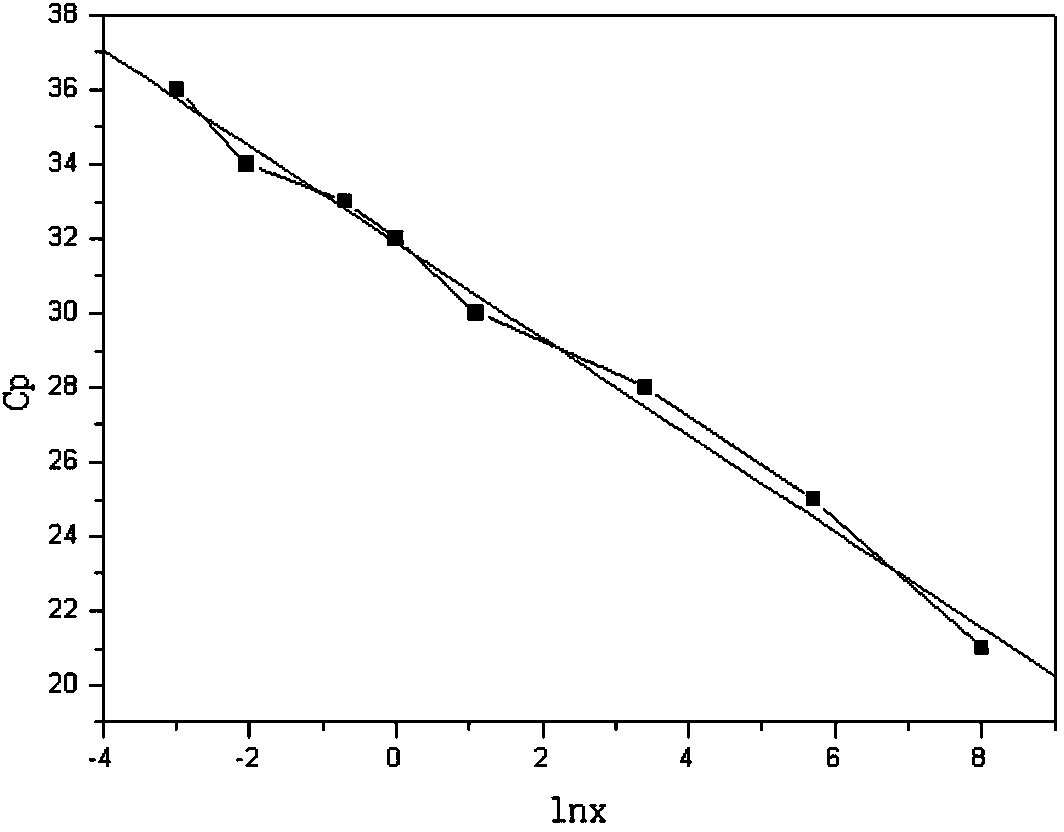Blood plasma specific fragment free DNA (deoxyribonucleic acid) quantitative detection kit
A quantitative detection and kit technology, which is applied in the field of analysis, can solve the problem of not being able to obtain information about large and small DNA fragments, and achieve the effect of removing errors and interference and good specificity
- Summary
- Abstract
- Description
- Claims
- Application Information
AI Technical Summary
Problems solved by technology
Method used
Image
Examples
Embodiment Construction
[0025] The preferred embodiments of the present invention will be described in detail below with reference to the accompanying drawings. The experimental methods for which specific conditions are not indicated in the preferred embodiments are usually carried out according to conventional conditions, or according to the conditions suggested by the manufacturer.
[0026] Since the TP53 gene exists in all types of cancer cells as a tumor suppressor gene, the present invention selects the TP53 gene as the target gene. Aiming at its DNA sequence, different primers were designed to amplify and quantitatively detect DNA fragments of different lengths (lengths greater than 400bp, 400bp, 150bp, 100bp, 60bp, respectively). The primer design method is as follows: the backward primer site is fixed, and the size of the DNA amplification fragment is determined by the forward primer. Preferred primer sequences are as follows:
[0027] Forward primer: TP53-D400F: 5'-ACACCACTGTGCTCCAGCCT-3' ...
PUM
 Login to View More
Login to View More Abstract
Description
Claims
Application Information
 Login to View More
Login to View More - R&D
- Intellectual Property
- Life Sciences
- Materials
- Tech Scout
- Unparalleled Data Quality
- Higher Quality Content
- 60% Fewer Hallucinations
Browse by: Latest US Patents, China's latest patents, Technical Efficacy Thesaurus, Application Domain, Technology Topic, Popular Technical Reports.
© 2025 PatSnap. All rights reserved.Legal|Privacy policy|Modern Slavery Act Transparency Statement|Sitemap|About US| Contact US: help@patsnap.com



